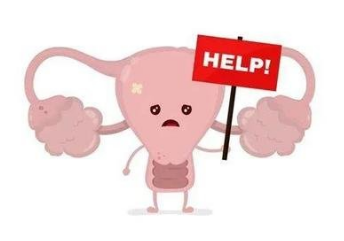
August 17, 2023
1. Overview.
Ovarian cancer is one of the malignant tumors that seriously threaten women's health, and the mortality rate ranks first among gynecological malignant tumors. The incidence of female ovarian cancer in cities ranks first among gynecological tumors, and the cure rate of early ovarian cancer is about 90%. About 80% of advanced ovarian cancer can be treated for the first time with satisfactory results, and about 20% of advanced ovarian cancer still develops rapidly after active surgery and chemotherapy. At present, there is no effective consolidation treatment. About 80% of advanced ovarian cancer relapses in different periods after the first treatment, resulting in a high mortality rate. Usually, ovarian cancer mainly refers to epithelial ovarian cancer (epithelial ovarian cancer, EOC). Non-epithelial ovarian malignant tumors accounted for 10% ~ 15%, from germ cells, sex cord interstitial cells, sarcomas, fallopian cancer and so on. Epithelial ovarian cancer is more common in elderly women, the onset age is 55 ~ 60 years old, and low-grade malignant tumors are more common in middle-aged women, the age of onset is 40 ~ 45 years old. Malignant germ cell tumors account for 2% ~ 3% of ovarian cancer in Europe and the United States, while 10% ~ 15% in Asian and African countries, which is the most common ovarian tumor in children and adolescent women. The common feature is the younger age of onset, and these women under the age of 20 are at the greatest risk. 60% of them are germ cells, of which 1 is malignant. The records of ovarian cancer in ancient Chinese medicine literature can be traced back to the Internal Classic of Huangdi more than 2000 years ago. "the cold guest is outside the intestine, fighting with Wei Qi, Qi plutonium camp, because of some ties, addiction, evil qi is caused, polyps are born." Ovarian cancer is called differently in traditional Chinese medicine, which belongs to the category of diarrhea, intestinal toadstool, abdominal pain and so on.
